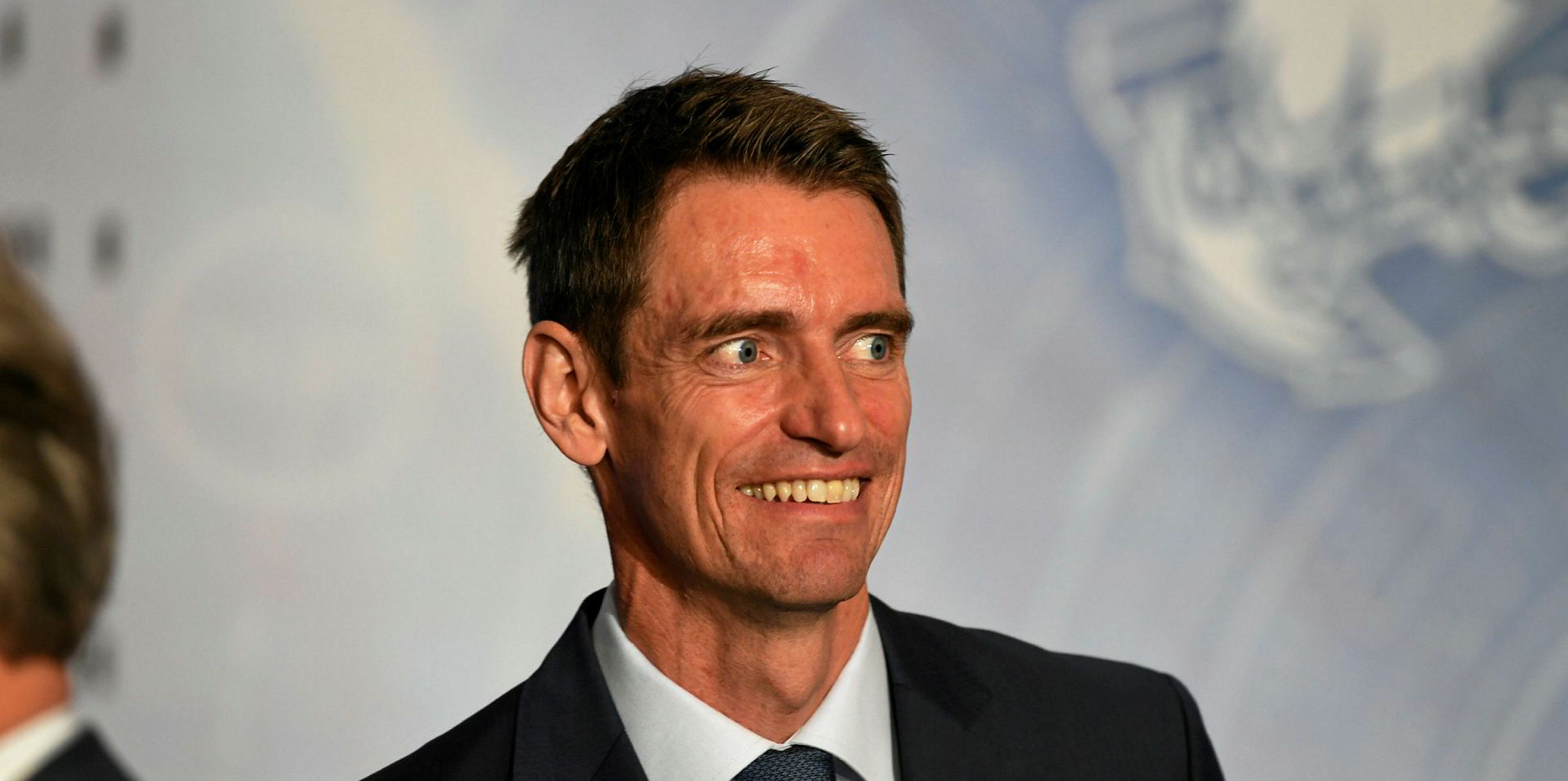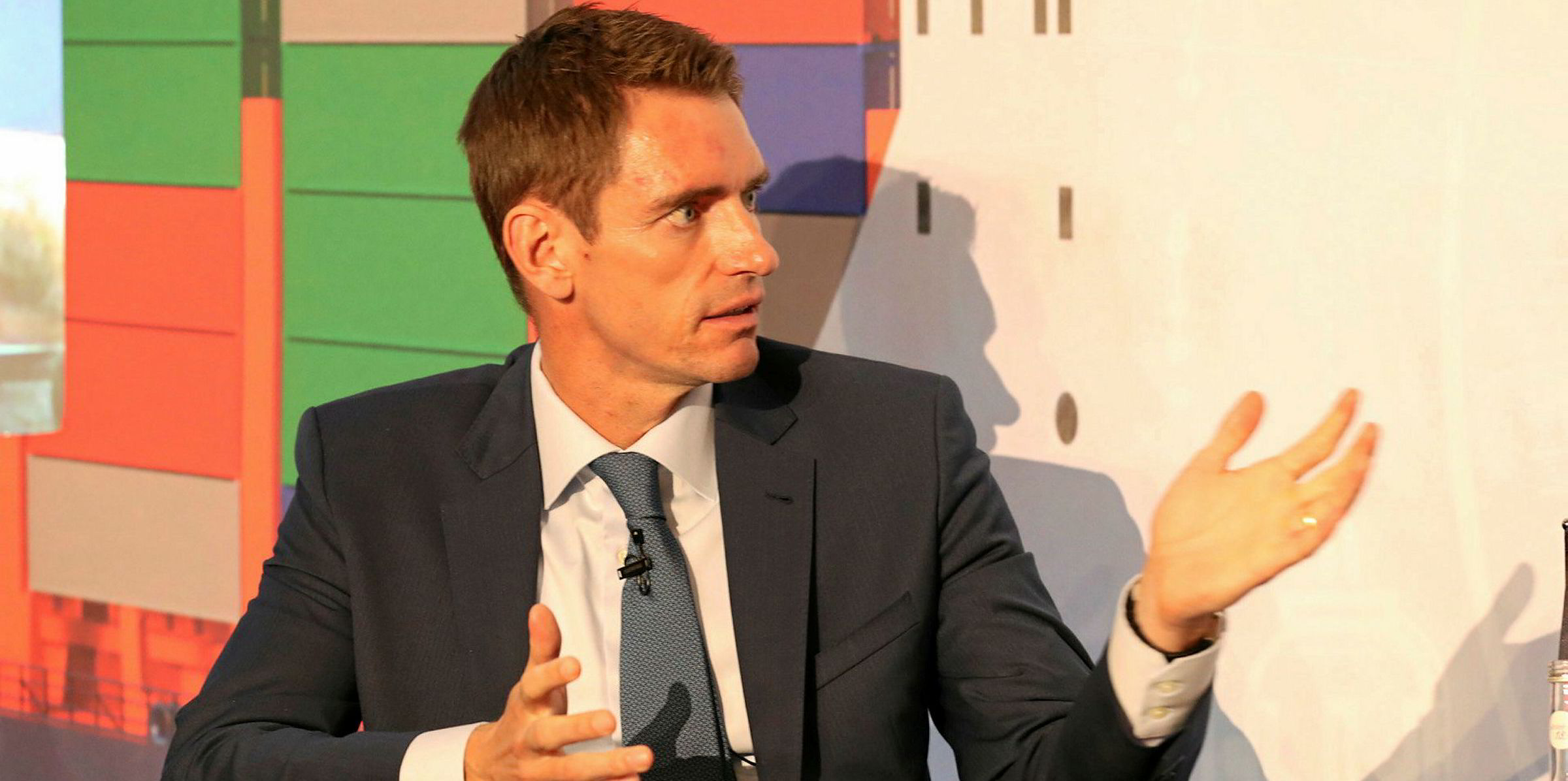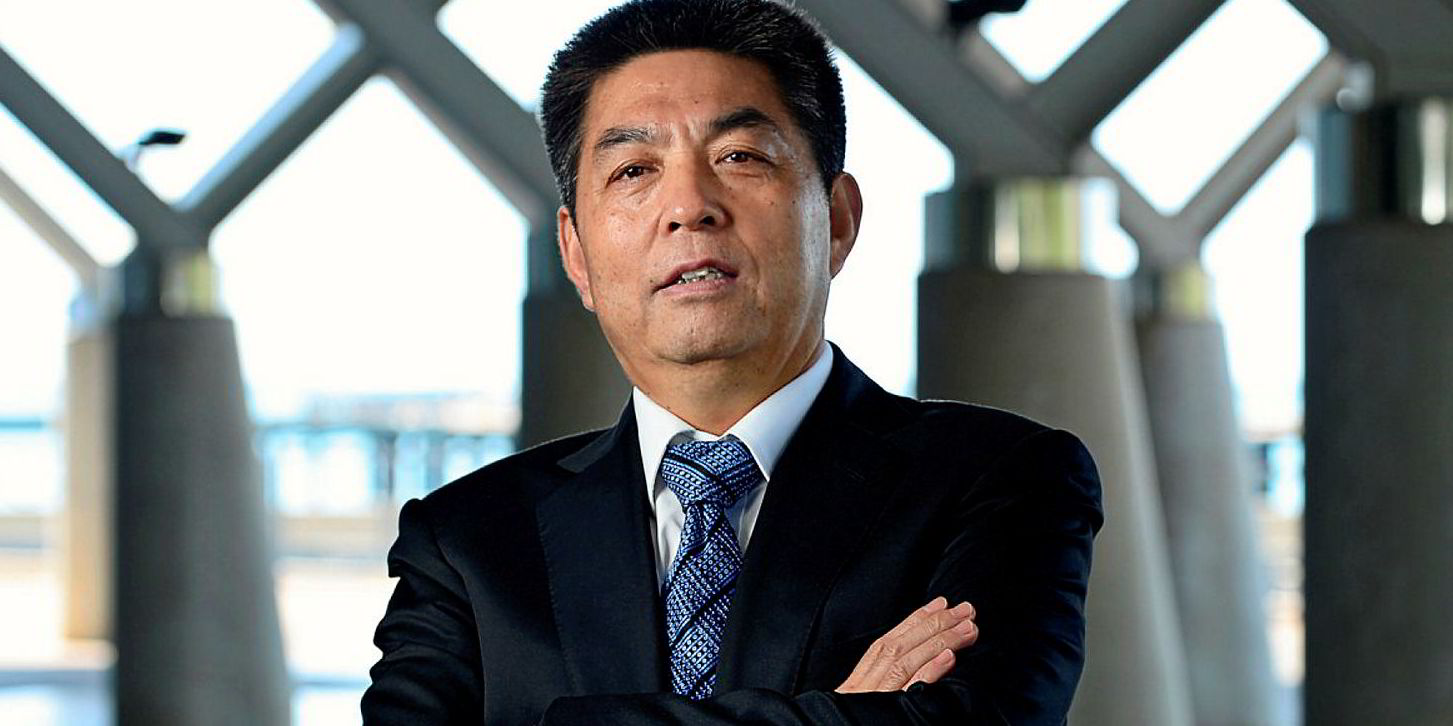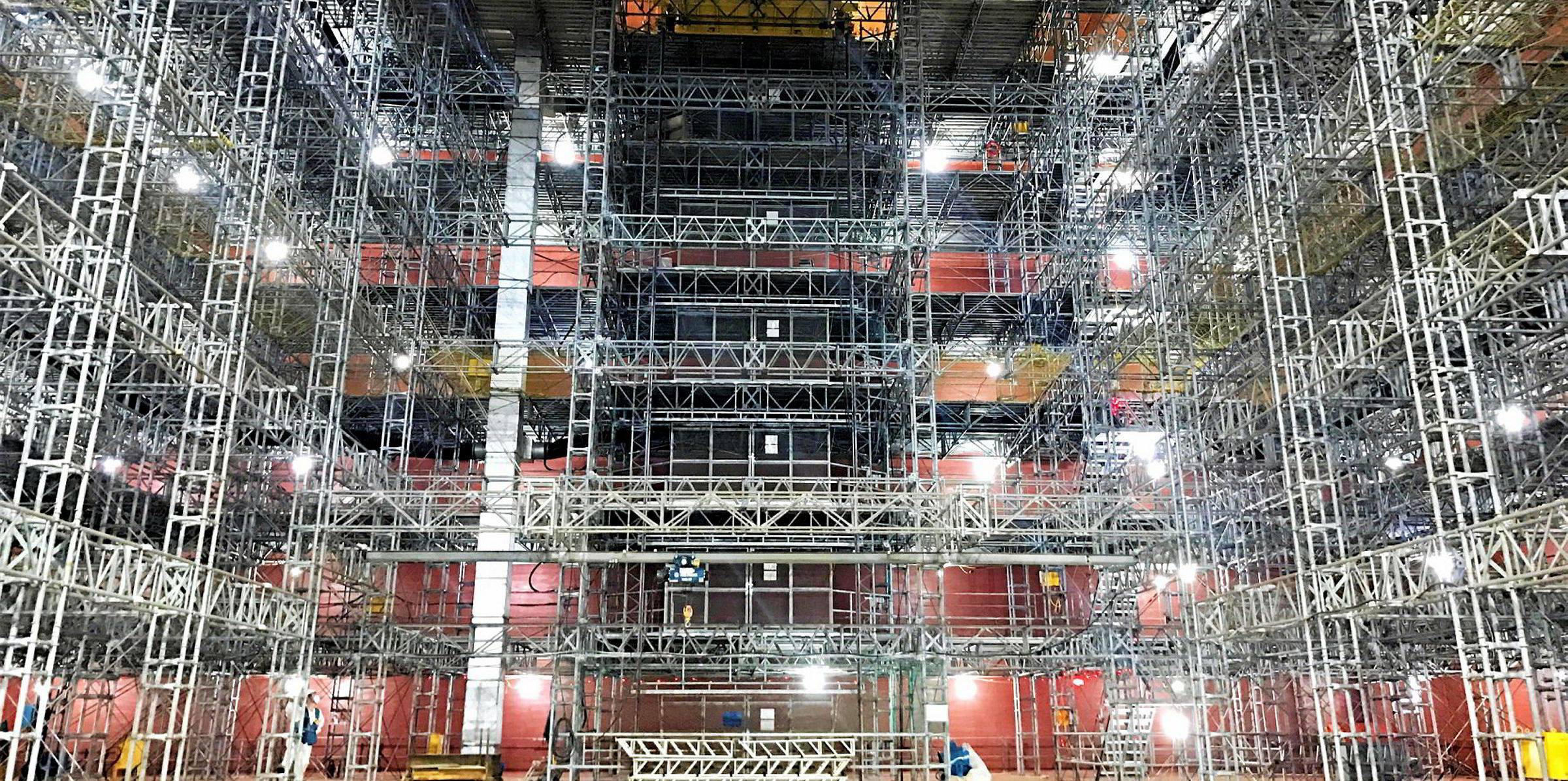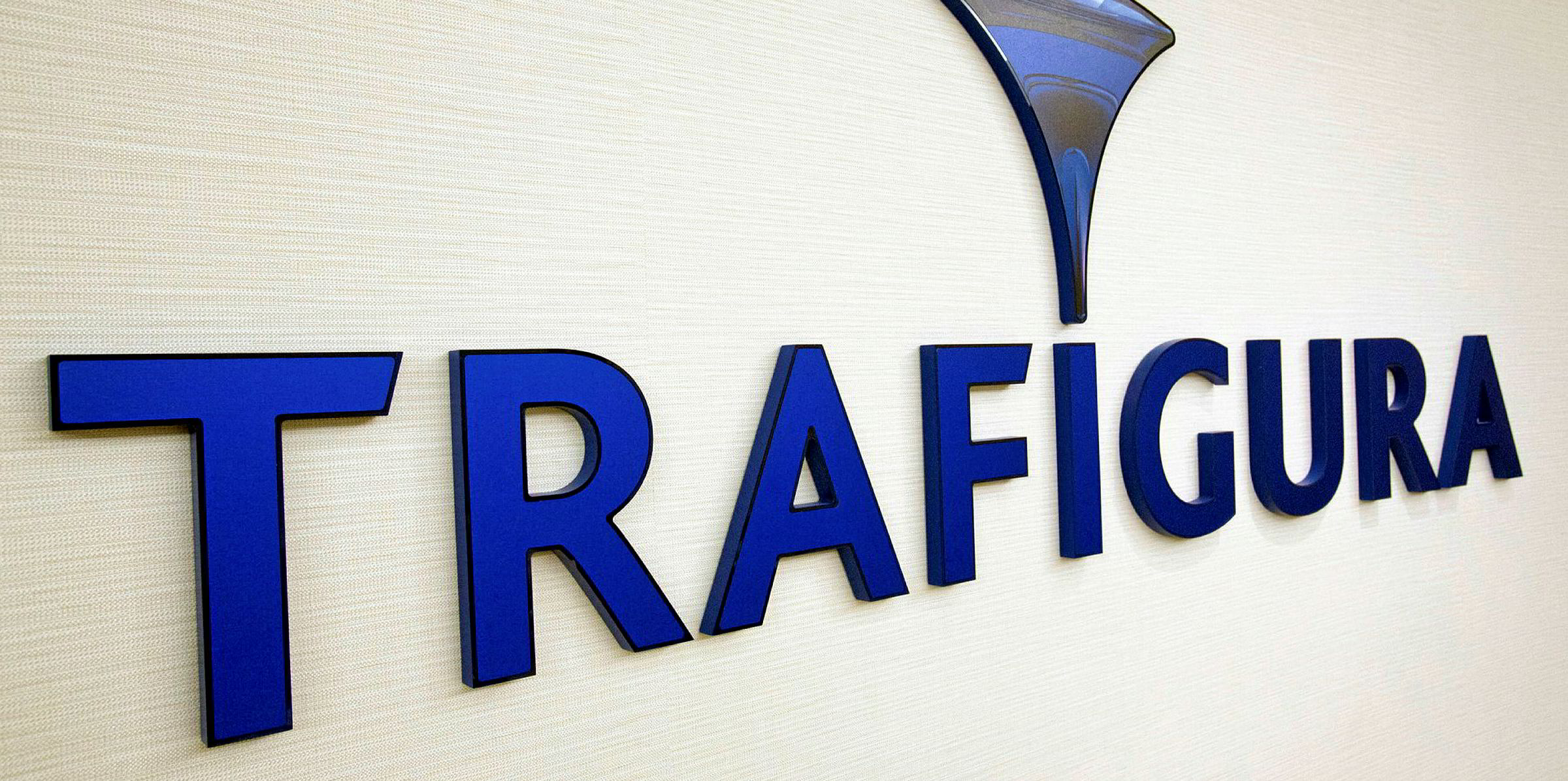Trafigura’s wet freight desk contributed nearly a quarter of the trading giant’s net profits from its blockbuster deals with Frontline and Scorpio Tankers in what turned out to be the division’s best year ever.
Having ordered 35 suezmax, LR2 and MR tankers on financing provided by Bank of Communications Financial Leasing in 2017 and 2018, Trafigura sold the leasehold interests in 29 of them for cash and equity in two of the world’s largest tanker firms earlier this year.
The wet freight desk – mainly responsible for chartering tankers – booked a net profit of $201m from the deals. This, coupled with a healthy winter freight market, led to its best annual results since foundation.
“Trafigura’s wet freight desk had its most profitable year on record, thanks to a healthy trading performance in the first half of the financial year, and to two landmark transactions with Frontline Ltd and Scorpio Tankers Inc,” the trader said in its annual report.
The company separately agreed to sell its interests in a 30th ship to unnamed “Spanish buyers”, leaving it with five suezmax tankers, the annual report said.
With a positive view over freight markets, Trafigura said the average number of tankers on its time-chartered fleet increased to 100 to 120 in the year compared with 45 to 65 during the previous year.
“We believe the fundamentals of the wet freight market are now stronger than they have been for many years, with more crude oil being seaborne, very limited supply growth in the next 18-24 months and an ageing crude tanker fleet in which more than 20% is more than 15 years old,” Trafigura said.
“We have subsequently positioned ourselves to benefit from these conditions.”
The company fixed 3,001 tankers on spot charters for the year, compared with 2,956 tankers in the financial year 2018.
“We continued to fix about 70% of Trafigura wet cargoes on third-party tonnage and Trafigura-controlled tonnage was fixed at around 50% for both internal and external business,” according to Trafigura.
Dry freight profit
Trafigura also said its dry freight desk enjoyed a “very profitable year” despite volatile market conditions, but the company did not provide exact figures.
While growing cargo handling volume by 5% to 42m tonnes, the division improved margins on the basis of taking some contrarian positions in the market, according to Trafigura.
“Our operations continued to focus principally on capesize vessels carrying iron ore from Brazil to Asia and supramax trading between the Pacific Coast of Latin America and various ports in Asia,” Trafigura said.
“This year, however, we also broadened our scope to include a dedicated panamax trading desk to expand our operations around internal coal flows, especially in the Atlantic market.”
Looking forward, Trafigura has expected the IMO 2020 fuel switch to generate both margin opportunities and heightened risks.
“We have already seen major price fluctuations, with traditionally efficient bunkering ports seemingly unprepared for the switch in fuel grades,” the company said.
“Our focus will be on maintaining our adaptable position amid the predicted market disorder, so that we can fully meet our commercial obligations.”
The average size of its time-chartered fleet was between 45 and 50 bulkers in the 12-month period, compared with 50 to 55 bulkers previously. The number of spot fixtures fell to 1,172 from 1,234.
Flat results overall
The company achieved net profits of nearly $868m for the financial year ended 30 September, slightly down from $873m in the previous 12 months, with strong petroleum trading performances offset by large impairment costs. Group revenue, mainly affected by commodities prices, fell to $172bn from $181bn.
Its trading division for fossil fuels saw gross profit increase by almost 64% to $1.68m, despite steady volume at 292m tonnes.
“We maintained our market leadership in key growth segments such as LNG, while further building our strength as a leading player in the US, now a key hub of the global industry thanks to rising production of shale oil and gas,” the company said.
Its LNG trading volume increased by 27% to 12.6m tonnes equivalent, and the company suggested further growth is likely due to rising production and demand as well as greater market liquidity and transparency.
For the IMO 2020, the company has integrated its gasoil, fuel oil and bunker business into one trading desk. The operation’s overall volumes were slightly down for the year but profitability increased strongly, said Trafigura.
However, the company booked impairment charges of $315m, mainly due to its acquisition of loss-making metals firm Nyrstar. It also wrote down its stake in terminal player Puma Energy by $200m to $1.75bn.
To shore up its balance sheet, the privately-owned company reduced its distribution to management and senior employees from $528m to $337m.
The decision “emphasises the importance attributed to growing our equity base and maintaining our leverage ratio within our target guidance”, chief financial officer Christophe Salmon said.
